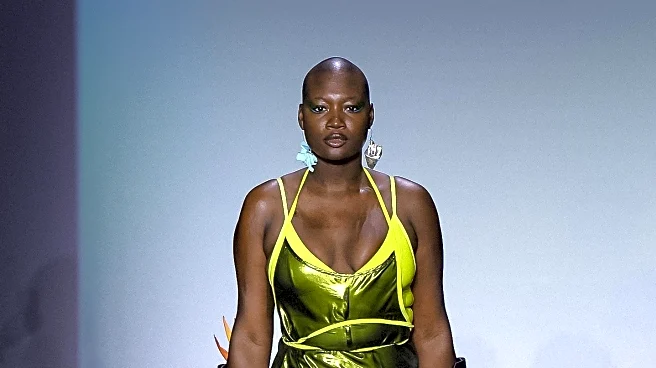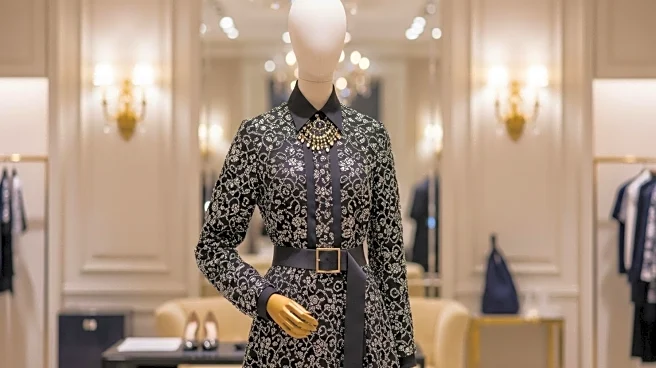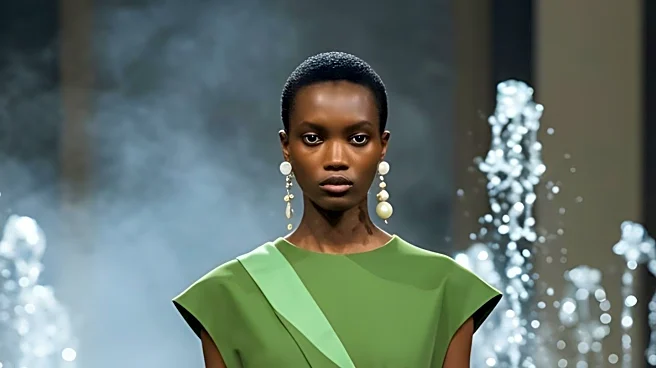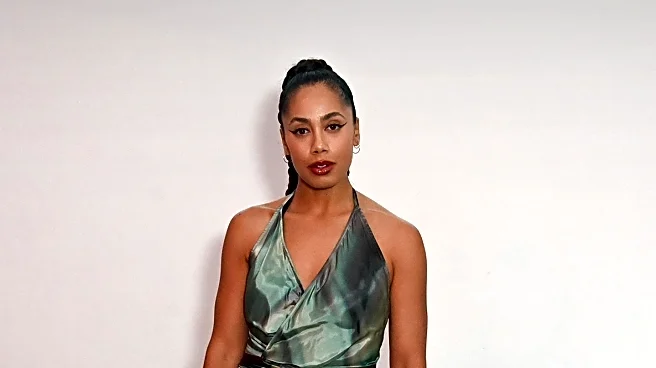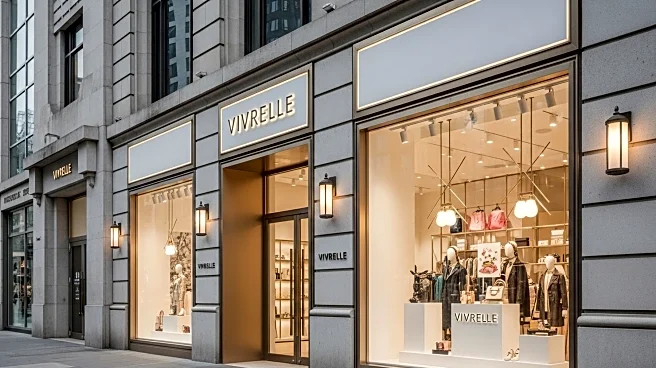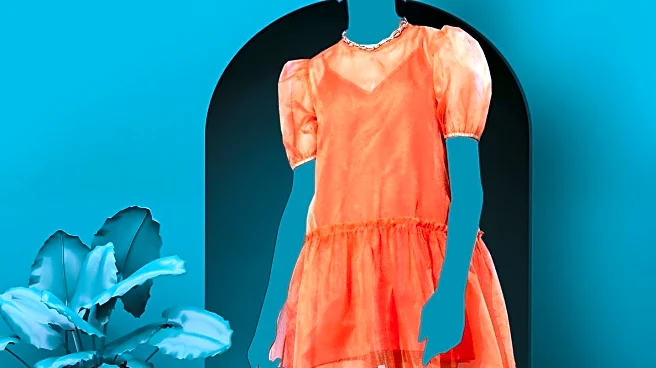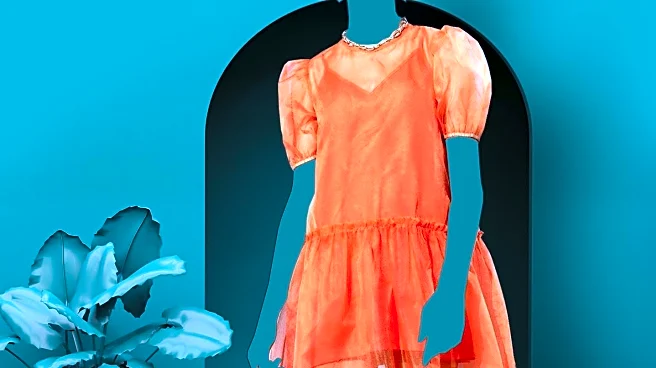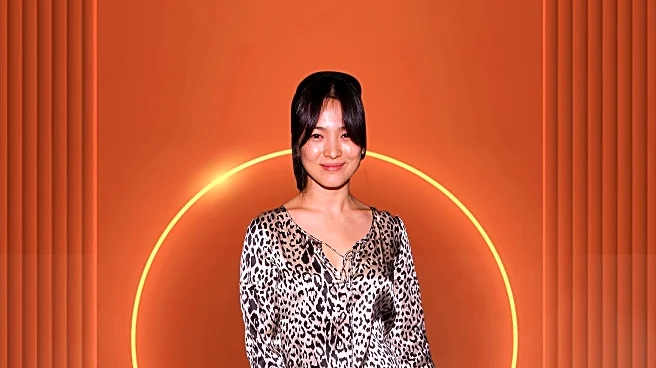What is the story about?
What's Happening?
The fashion industry is increasingly recognizing the importance of accessible design, which benefits not only disabled individuals but also the general public. This shift is exemplified by the work of designers like Victoria Jenkins, who leads the adaptive brand Unhidden, and is featured in the Victoria and Albert Museum's exhibition 'Design and Disability.' Major brands such as Tommy Hilfiger and Primark are also contributing to this trend by offering adaptive collections and increasing representation in their stores. The movement towards accessible design is driven by the need for more choice, representation, and respect for disabled consumers, as highlighted by the experiences of individuals with disabilities who have long faced challenges in finding suitable clothing.
Why It's Important?
The rise of accessible design in fashion is significant as it addresses the long-standing issue of inclusivity in the industry. By creating clothing that accommodates various needs, brands are not only expanding their market but also promoting independence and comfort for all consumers. This shift has the potential to transform the fashion landscape, making it more inclusive and diverse. It also highlights the importance of disabled individuals as decision-makers and leaders in the industry, ensuring that their needs are met and their voices are heard. The broader impact of this trend could lead to more accessible public spaces and services, benefiting society as a whole.
What's Next?
As the fashion industry continues to embrace accessible design, there is potential for further innovation and collaboration. Initiatives like the scholarship for disabled designers at Parsons School of Design in New York and research into adaptive fashion are paving the way for new opportunities. Brands may increasingly focus on making their stores, packaging, and delivery services more accessible, ensuring a comprehensive approach to inclusivity. The ongoing dialogue and research could lead to more adaptive collections and increased representation, ultimately fostering a more inclusive environment for all consumers.
Beyond the Headlines
The movement towards accessible design in fashion also raises ethical and cultural considerations. It challenges traditional notions of beauty and fashion, encouraging a more inclusive and diverse representation. This shift could lead to a reevaluation of societal attitudes towards disability, promoting greater acceptance and understanding. Additionally, the focus on accessibility may inspire other industries to adopt similar practices, leading to broader societal changes that prioritize inclusivity and diversity.
AI Generated Content
Do you find this article useful?
